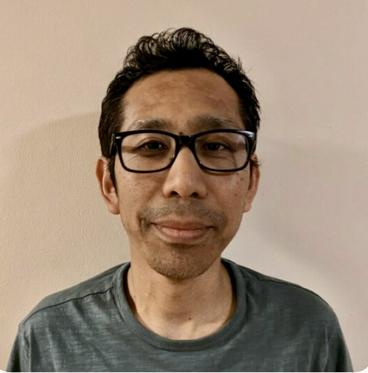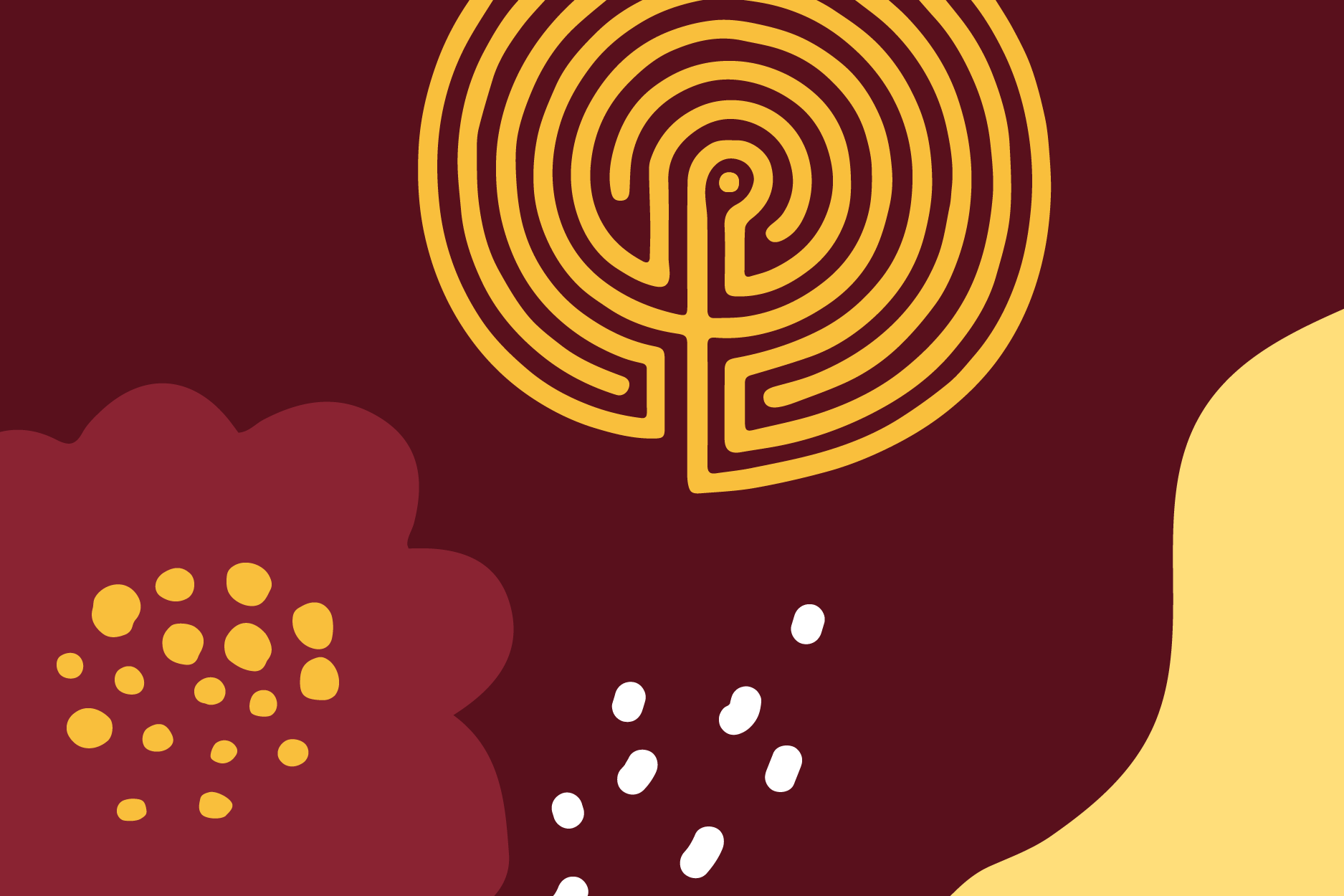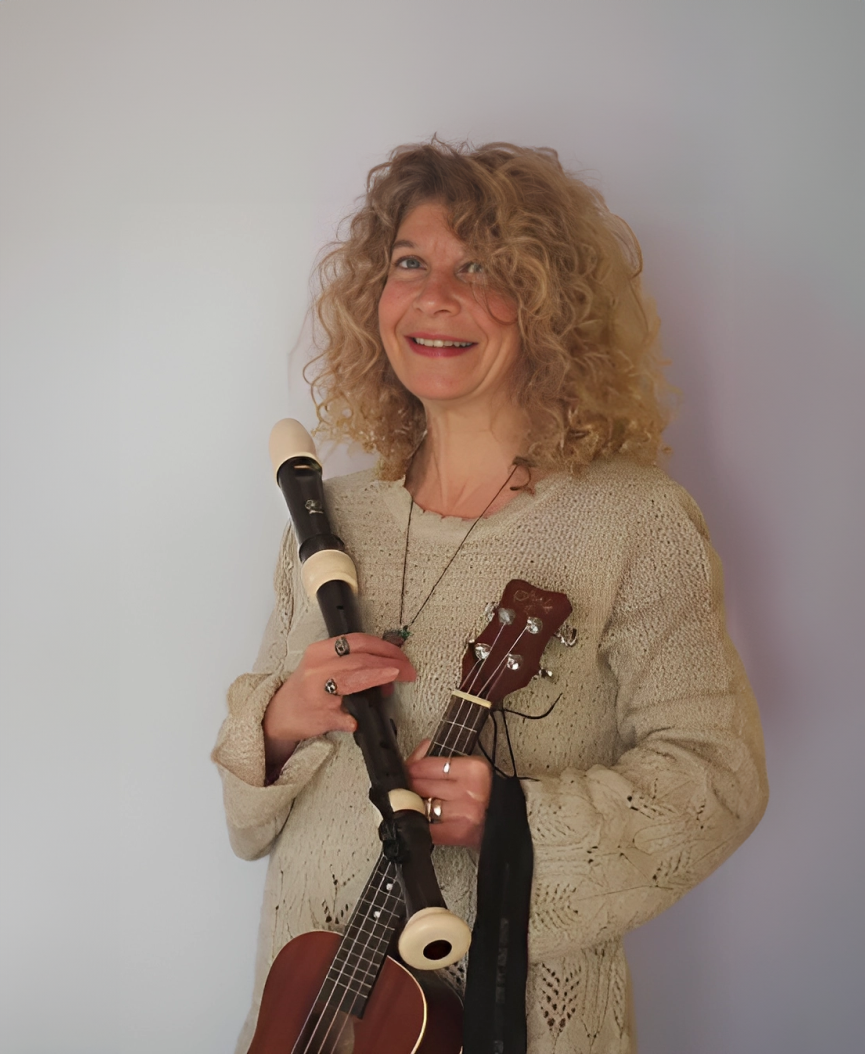A New Vision for Tibetan Healing
The Bakken Center’s Tibetan Healing Initiative, previously led by Dr. Miriam “Mim” Cameron, is in transition to the capable hands of Dr. Tenzin Namdul.
June 15, 2023
Katie Dohman


Tenzin Namdul, a Tibetan medicine doctor, researcher, and educator, has spent decades working alongside Cameron, and has hit the ground running.
“Ultimately, one of the main goals or visions is really to come up with integrated or holistic health models that can help our health care workers to implement in practice and thereby, and in extension, help human flourishing,” Namdul says.
Namdul is up for that challenge. Since the Tibetan Healing Initiative came into existence in 1997, that’s exactly what it’s been doing, by promoting cross-cultural learning, community building, and marrying Tibetan practices with Western-style research. He has been influenced by, and has influenced, THI for decades already at the Bakken Center.
In 1997, THI founder Dr. Miriam “Mim” Cameron traveled in Tibet. She felt anxious and fearful due to altitude sickness, bureaucratic hurdles, and always-present government “spies.” An elderly Tibetan nun, who by her very presence, helped Cameron dispel “all her negativity, the fear, and the anger.” Back in Minnesota, Cameron wrote a book, “Karma and Happiness: A Tibetan Odyssey in Ethics, Spirituality, and Healing,” about this challenge-filled, international adventure. His Holiness the Dalai Lama wrote the book forward. Cameron vowed to bring this transformative, healing wisdom to the University of Minnesota.
Years later, after founding THI at the Bakken Center, Cameron met Namdul, who attended medical school at Tibetan Medical and Astro Institute in Dharamshala, India, the site of a resettlement for Tibetans living in exile. Cameron and her husband, Michael Ormond (Mike), were impressed with Namdul’s skillset and ambition, and set about helping him get to the United States. When Namdul landed stateside, they mentored him.
“From the Center’s inception, we have focused on whole person health and wellbeing,” says Dr. Mary Jo Kreitzer, director of the Bakken Center. That has included courses on other culturally-based healing traditions, from Ayurveda to yoga, Traditional Chinese medicine to acupressure and Indigenous Hawaiian healing, so it made sense to include Tibetan healing. “Culturally-based systems are incredibly important to study and understand,” she adds. “They are whole-person focused and include healing practices and traditions that are deeply meaningful and effective. It’s been very exciting for me to see the growth in research in areas such as Tibetan Medicine.” Kreitzer also noted that Minnesota is home to the second largest population of Tibetans in the U.S., which also makes this area of cultural study critical.
“All along I’ve thought I don’t want to be leading THI past the top of my game,” Cameron says.
To ensure the program flourishes, she and her husband have donated their life savings—a million dollars.
There’s also a Tibetan aspect to this handoff, Cameron says: “There are four stages of life, and in the fourth stage, which I’m entering now after retirement, you spend your time in spiritual practice and give back whatever wisdom you have to give to world. . . it gives me great joy that this is the harvest of our life.”
Namdul, for his part, is already leading both new course development and a body of research. In fact, the results of some groundbreaking research may be published later this year.
One study involves a Tibetan monastic community in southern India, wherein zero cases of Alzheimer’s exist among monks who do regular, rigorous yoga and meditations. “The finding is really fascinating,” he says: Despite the facts that the monks are in the same age range and share similar risk factors for neurodegenerative disorders, they have intact cognitive function that would make even much younger people envious. “We are really seeing the impact of intersecting the physical (body movement) with the mental activities related to cognitive function,” he says. “That’s the kind of work we really want to incorporate into the pipeline at the Center through THI. I strongly believe that both clinicians and researchers are so ready for this kind of understanding. And patients and family members! We are excited to offer this to our community and beyond.”

THI is also supporting the Tibetan diasporic community. Tenzin Sherap, board member of the Tibetan American Foundation of Minnesota who has known Namdul since his days in Dharamshala, says that THI and Namdul help educate and support Tibetan culture for people of all ages who are disconnected from their homeland and living in a very different culture than their own.
“In my view, Dr. Namdul’s knowledge in Tibetan medicine and the English language could really reach younger and older generations,” he says, citing talks Namdul leads at TAFM. “Taking ownership of Tibetan culture and Tibetan Buddhist philosophy is important. When you study Tibetan medicine, it’s a gift for your whole life.”
Namdul says he is excited to facilitate this work. “When you have a displaced community, there is a sudden pressure to maintain or sustain Indigenous culture vs. assimilating into the culture,” he says. “It’s not Tibetan or Western, but Tibetan AND Western, and how best we can do that.”
Then, there is the work he does around death and dying. He’s in the process of working with an interdisciplinary team to put together resources to use to train health care workers who are assisting people who are actively dying or at the end of their life course, as well as how to support family members who have loved ones diagnosed with terminal illnesses.
“For much of Eastern traditional wisdom, death is viewed as a fertile ground to investigate and reassess our relationships to ourselves and others around us,” he says. “The phenomenon of death itself is a precious and important and salient component of our life course. One of the key concepts of Buddhism is impermanence: Nothing lasts forever, everything is constantly changing, and there is nuance to understanding impermanence—death is a generic manifestation of impermanence.”
The nature of his research and outreach makes Namdul’s transition seem particularly poignant and timely.
Dr. Namdul’s inspiring and impactful work is supported by the Tibetan Healing Initiative (THI) Legacy Fund. The goal of this important fund is to generate long-term support for Tibetan Healing research, scholarships, education, and leadership at the Bakken Center. Consider making a gift or pledge by visiting z.umn.edu/GiveCSH or by contacting Virginia Kaczmarek, Development Officer at 612-624-1121, [email protected]



